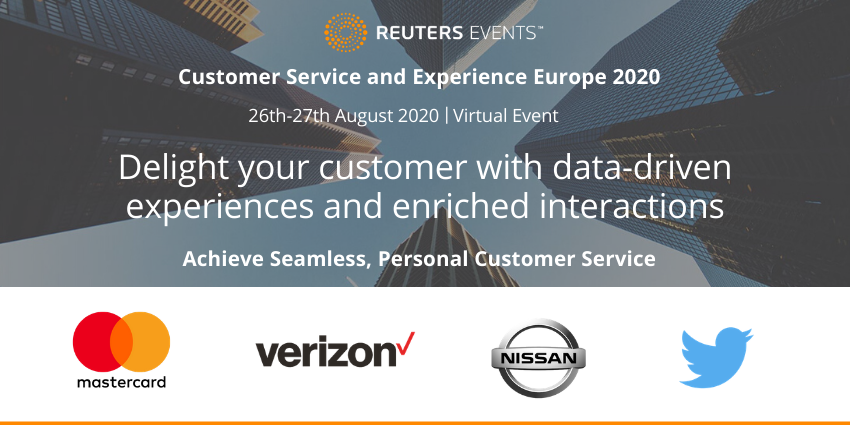Do You Think That All Digital Support Channels Are The Same?

As more and more organizations are integrating digital channels to cope with customer’s demand for online support, some facets often are being underrated. In fact, in this gold rush towards Digital Customer Service, some tend to consider all online channels as more or less the same.
“This agent is doing well on social media so he’ll be doing as well providing support thru messaging apps.”
Such an approach, though, leads either to bad customer experiences or bad agent’s experiences. So let’s dive into the most frequent misconceptions to help you prevent them.
1. Live Chat and Messaging Are Almost The Same
Wrong. This is a common mistake affecting most brands that started delivering support via Live Chat, then via Messaging (e.g. WhatsApp, Messenger, Telegram). In fact, if agents have not been properly trained on specific digital channels, they usually tend to apply the same approach they used on the previous channel.
Example: I’ve been handling synchronous conversations via Live Chat almost realtime. I now switch to providing support over asynchronous channels (e.g. messaging). But I’m responding as fast as in a Live Chat, and in the same manner. This is neither good nor appreciated by the customer. Imagine you are receiving text messages and this happens.
Too many messages that could have been unified in just one:
- “Hello Mark” [min. 00:35]
- “I’m John and will support you” [min. 00:41]
- “How can I help you with?” [min. 01:11]
(Note: the times shown are the running duration of the conversation when each message was sent)
It is OK in live chat. but very annoying to receive that many texts.
Thus damaging customer’s sentiment – reading such redundant messages on a smartphone-sized screen [“Why in the world is s/he not sending me just one message?”]. This aspect is crucial because it can negatively impact a customer’s sentiment even before getting to the ‘core of the conversation’, i.e., the agent’s technical response.
Also, typing too fast can cause misspellings and grammatical errors [see below]
- Hello Mark” [min. 00:35]
- “I’m John and will suport you” [min. 00:41]
- “How can I help yo with?” [min. 01:11]
Related: Digital Customer Service Personas© the skill set model for online conversations [ebook]
2. Customers Pretty Much Get The Main Differences
That’s another wrong assumption.
In fact, having done many training sessions with brands from various industries and countries, I’ve noticed a common frustration: agents complain about customers’ behavior! Yes, they feel under pressure because many customers confuse Live Chat conversations with messaging, thus expecting almost realtime responses thru WhatsApp, Messenger, etc.
Therefore ‘getting the customer educated’ is becoming one of the hottest topics when it comes to setting up Digital Customer Service guidelines for teams/agents. Yes, as it’s up to brands driving digital conversations, they also need to be able to guide the customer away from having wrong expectations. As I usually say, if customers want the fastest lane, Live Chat is perfect. Otherwise, when in the middle lane you can’t allow them to flash their headlights!
See You at Customer Service & Experience Europe 2020
Reuters Events will be bringing together global CX and CS leaders next month (August 26th – 27th). With over 30 online sessions the conversation will centre around the tectonic shifts in the call center’s way of working as well as the huge leaps made in automated technology for customer interactions. I’m glad to be speaking at this conference and welcoming you to such a great conference that helps get customer service full potential unlocked! Register now >>
Over to you
Digital support channels are not the same. Some are public (social media, online reviews) others synchronous (Live chat) others asynchronous and somewhat odd (Messaging). So knowing the main differences is the first step to help you build a rock-solid Digital Customer Service.
Have great conversations.
Featured image: Copyright: ‘https://www.123rf.com/profile_alexandersikov‘ / 123RF Stock Photo
Paolo Fabrizio
Latest posts by Paolo Fabrizio (see all)
- Get Your Digital Timing Aligned With Your Customers - August 8, 2023
- 3 Reasons To Keep Things Simple For Your Customers - July 5, 2023
- How Do You Fix An Issue With Your Customer? - June 5, 2023


